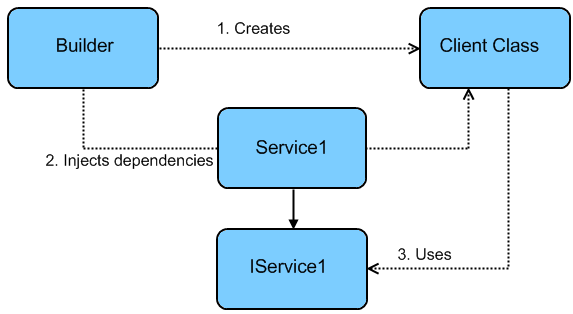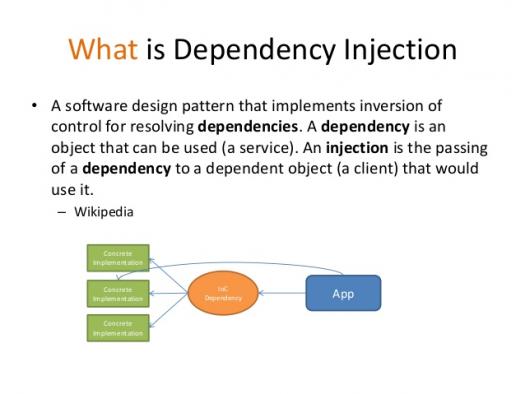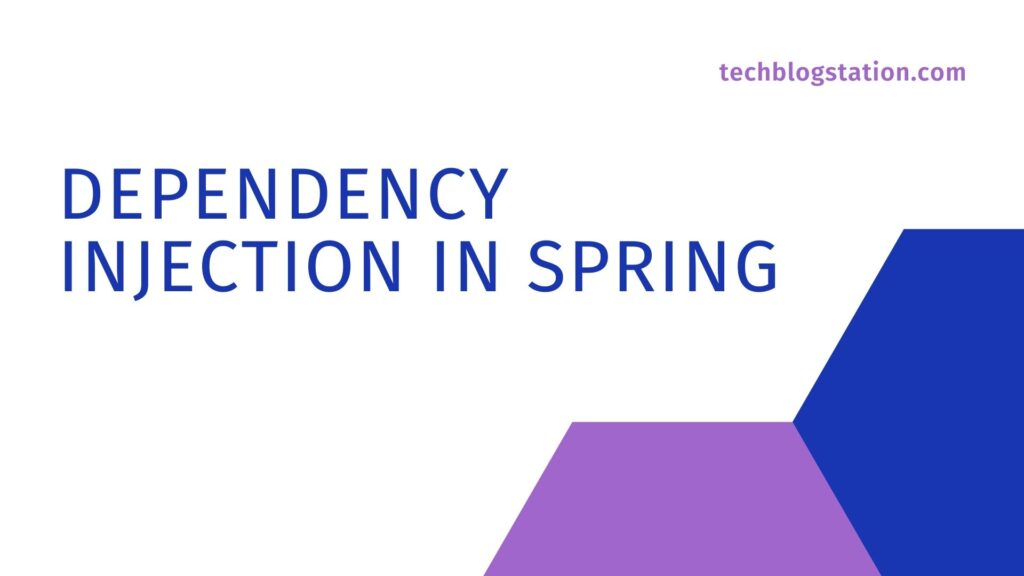Dependency Injection Dilemmas: Implementing DI Correctly

Dependency Injection (DI) is a powerful design pattern that can help to enhance the testability, flexibility, and maintainability of an application. However, there are a number of potential pitfalls that can be encountered when implementing DI, and it is important to be aware of these in order to avoid inadvertently making matters worse.

Tight Coupling
One of the main risks of DI is that it can lead to tight coupling between different parts of an application. This occurs when a class depends directly on another class, rather than being able to abstract away the dependency. For example, if a class directly instantiates a specific implementation of a data repository, this creates a tight coupling between the class and the repository. If the repository implementation needs to be changed in the future, this will require changes to the class that depends on it.
Circular Dependencies
Another potential pitfall is circular dependencies, which occur when two or more classes depend on each other in a circular fashion. This can create a situation where both classes are unable to be instantiated, leading to a runtime error. For example, if a class A depends on a class B, and class B in turn depends on class A, this creates a circular dependency.
Overuse of DI
It is also important to avoid overusing DI. DI should be used judiciously to improve the testability, flexibility, and maintainability of an application, but it should not be applied blindly to every class and interface. In some cases, it may be more appropriate to use other dependency management techniques, such as the Service Locator pattern or manual dependency instantiation.
To avoid these pitfalls, it is important to follow some best practices when implementing DI:

- Use abstraction instead of concrete classes. Instead of depending directly on concrete classes, define interfaces or abstract classes that define contracts for the dependencies. This allows you to swap out different implementations of the dependency without breaking the dependent code.
- Declare dependencies explicitly. Declare the dependencies of each class in its constructor or using a dependency injection framework. This makes it clear what dependencies are required by the class and helps to avoid circular dependencies.
- Use a dependency injection framework. A dependency injection framework can help to automate the wiring of dependencies, making it easier to implement DI correctly and consistently.
- Test your code thoroughly. Test your code thoroughly to verify that it works as expected and that it is not susceptible to any of the pitfalls described above.
By following these best practices, you can help to avoid the common pitfalls of DI and take advantage of its benefits to improve the quality of your applications.
